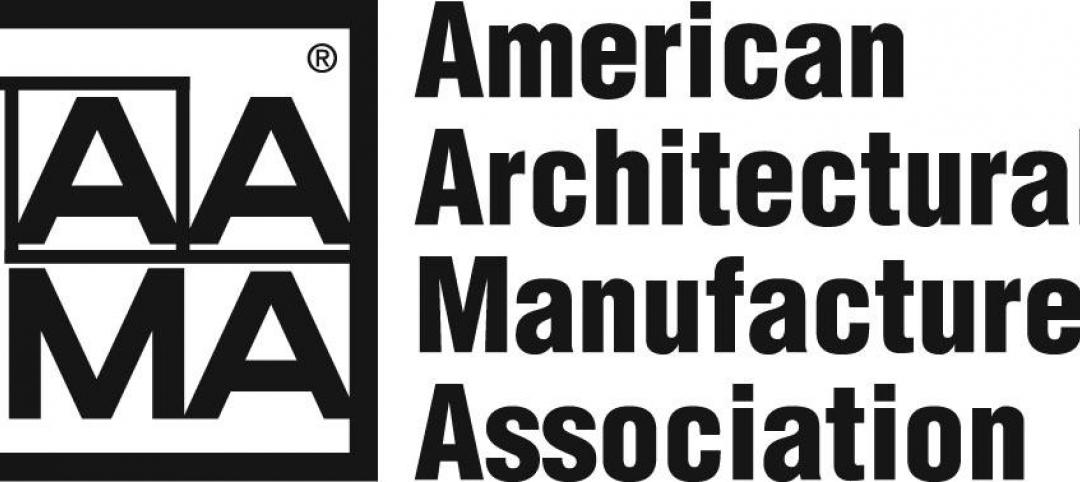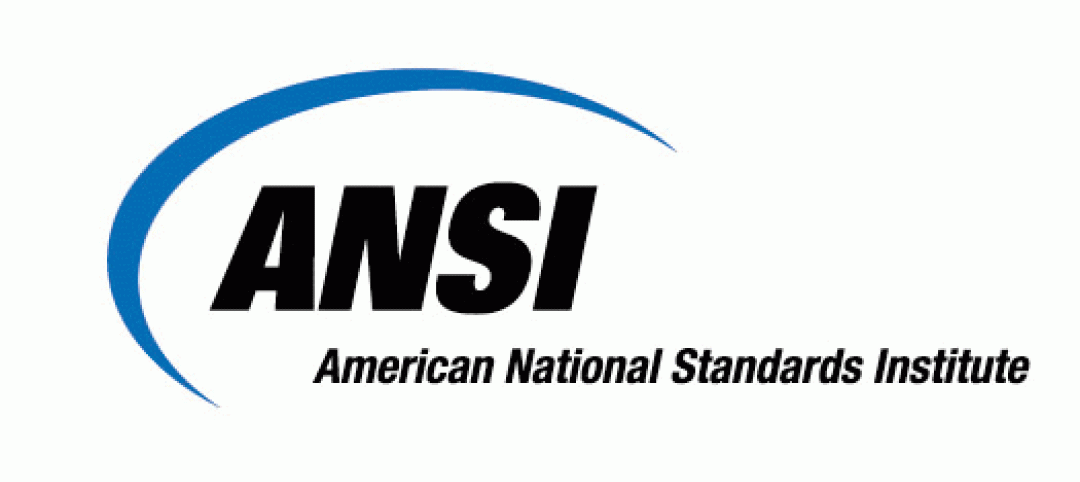New General Services Administration standards place limitations on high carbon-emitting building materials for all major projects under the GSA umbrella.
The new rules require federal contractors to use climate-friendly concrete, asphalt, and metal products in all the agency’s major projects. GSA oversees $75 billion in annual contracts and is responsible for a real estate portfolio of more than 370 million sf of structures.
The standards also will govern projects funded by the bipartisan infrastructure bill that became law last year. GSA says the standards are intended to catalyze clean energy innovation and strengthen American leadership in clean manufacturing.
Contractors will have to declare the greenhouse gas emissions associated with their building materials via environmental product declarations. Carbon emitted from a product’s extraction, transportation, and manufacturing will be considered.
Related Stories
| Dec 7, 2012
Tokyo’s Green Building Program has reduced power consumption by 20%
Tokyo city officials calculate that its Green Building Program reduced energy consumption by 20% since its inception, a statistic they identify as the reason the power stayed on during the 2011 earthquake.
| Dec 7, 2012
New flexible options make achieving LEED certification easier on projects outside the US
A new set of Global Alternative Compliance Paths, or Global ACPs, are now available for all commercial projects pursuing LEED green building certification using the 2009 versions of the rating systems.
| Nov 29, 2012
AGC offers stormwater compliance webinar
An effective document management system is necessary to stay in compliance with new and forthcoming stormwater runoff requirements, says the Associated General Contractors of America.
| Nov 29, 2012
Government policies help accelerate adoption of green building
Green procurement policies or green building mandates can help accelerate the adoption of green building practices, according to research by Timothy Simcoe and Michael Toffel.
| Nov 26, 2012
How to boost resilient systems that are sustainable
Cities of the future can be both more resilient and more sustainable by promoting strategies that include solar power and green roofs, programs that minimize demand for energy, rain gardens, and permeable pavement.
| Nov 26, 2012
Developer of nation’s first LEED platinum skyscraper focuses on carbon reduction
The Durst Organization, the developer of the first LEED platinum certified skyscraper in the country, says it will not seek LEED certification for its residential pyramid planned for New York’s West 57th Street.
| Nov 16, 2012
AAMA publishes quality assurance guidelines for Polyamide Thermal Barriers
The American Architectural Manufacturers Association (AAMA) has published QAG-2-12, Voluntary Quality Assurance Processing Guide for Polyamide Thermal Barriers.
| Nov 16, 2012
New ANSI/BIFMA standards developed for educational seating
The American National Standards Institute (ANSI) has approved the newly developed safety and performance standard for educational seating: ANSI/BIFMA X6.1-2012—the first of its kind.
| Nov 16, 2012
Green building councils in 62 countries expect 60% of their work to be green by 2015
More than half of the respondents to a survey of members of the Green Building Council in 62 countries expect green projects to comprise 60% of their work by 2015.















